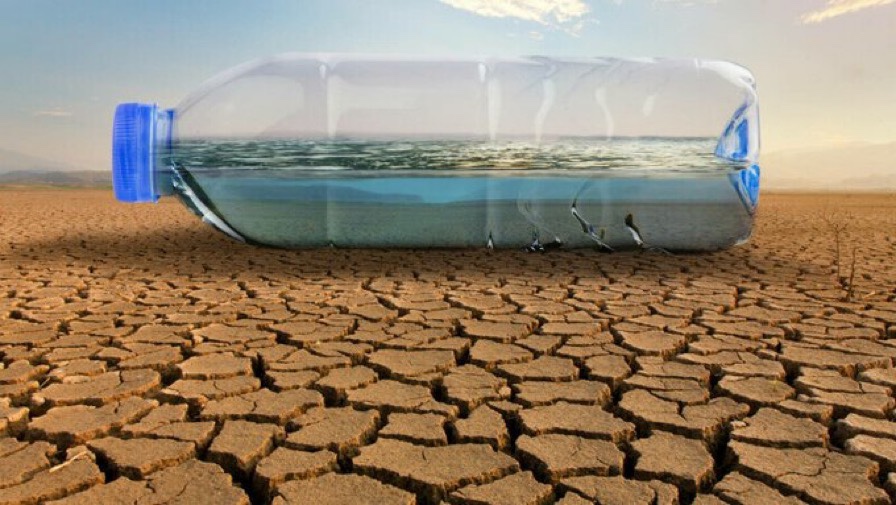Which UK cities will experience the worst water shortages by 2040?

Following record-breaking high temperatures in July, the UK is now heading into a very dry August with drought warnings from authorities, and hosepipe bans proposed by water firms.
With daily water consumption rising, and the average person using 142 litres daily[1], as well as warnings from the National Infrastructure Committee (NIC) about the failure to act now on water2, new research by Sanctuary Bathrooms uncovers which areas across the UK and Europe, are expected to experience the highest levels of water stress over the next 20 years.
To combat this, the company has highlighted five easy ways for Brits to dramatically reduce their own water usage, at home, in what can often be the most water-intensive room of the house – the bathroom!
Lancaster will be the worst city for water shortages in the UK
By 2040, Lancaster is forecasted to see an ‘extremely high’ increase (80%) in its water stress levels, meaning that residents of the city could see a serious public water supply drought.
After Lancaster, London, Brighton and Hove and Leicester are all set to see ‘high’ (40-80%) increases in water stress levels. Residents in the South and South East of England are more likely to experience a dramatic increase in their water stress levels, due to existing and growing population density, along with associated requirements for housing and property developments. This is as well as changing climate conditions and less rainfall than other areas of the UK.
According to the South East River trust, by 2050, the South East of England will need to find at least an additional one billion litres of water per day to meet demand in the region3.
Predicted water stress increase for UK cities by 2040
City
Estimated increase in water stress by 2040
Lancaster
Extremely high (>80%)
Northampton
High (40-80%)
Peterborough
High (40-80%)
Bedford
High (40-80%)
Cambridge
High (40-80%)
Ely
High (40-80%)
London
High (40-80%)
Brighton & Hove
High (40-80%)
Birmingham
High (40-80%)
Leicester
High (40-80%)
Manchester
Medium-high (20-40%)
Edinburgh
Medium-high (20-40%)
Liverpool
Medium-high (20-40%)
Glasgow
Low-medium (10-20%)
Leeds
Low-medium (10-20%)
Sheffield
Low-medium (10-20%)
Cardiff
Low-medium (10-20%)
Newcastle Upon Tyne
Low (




